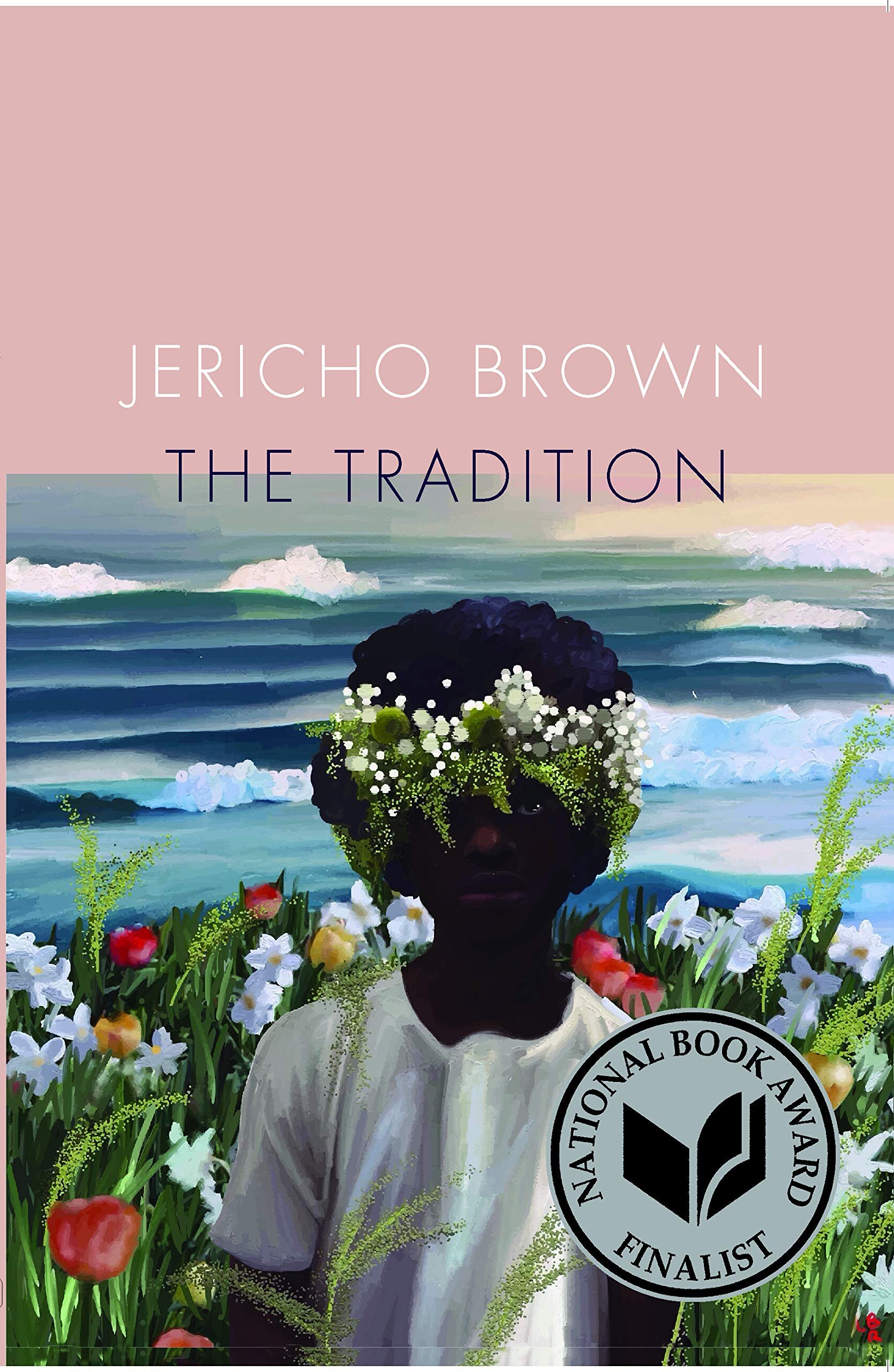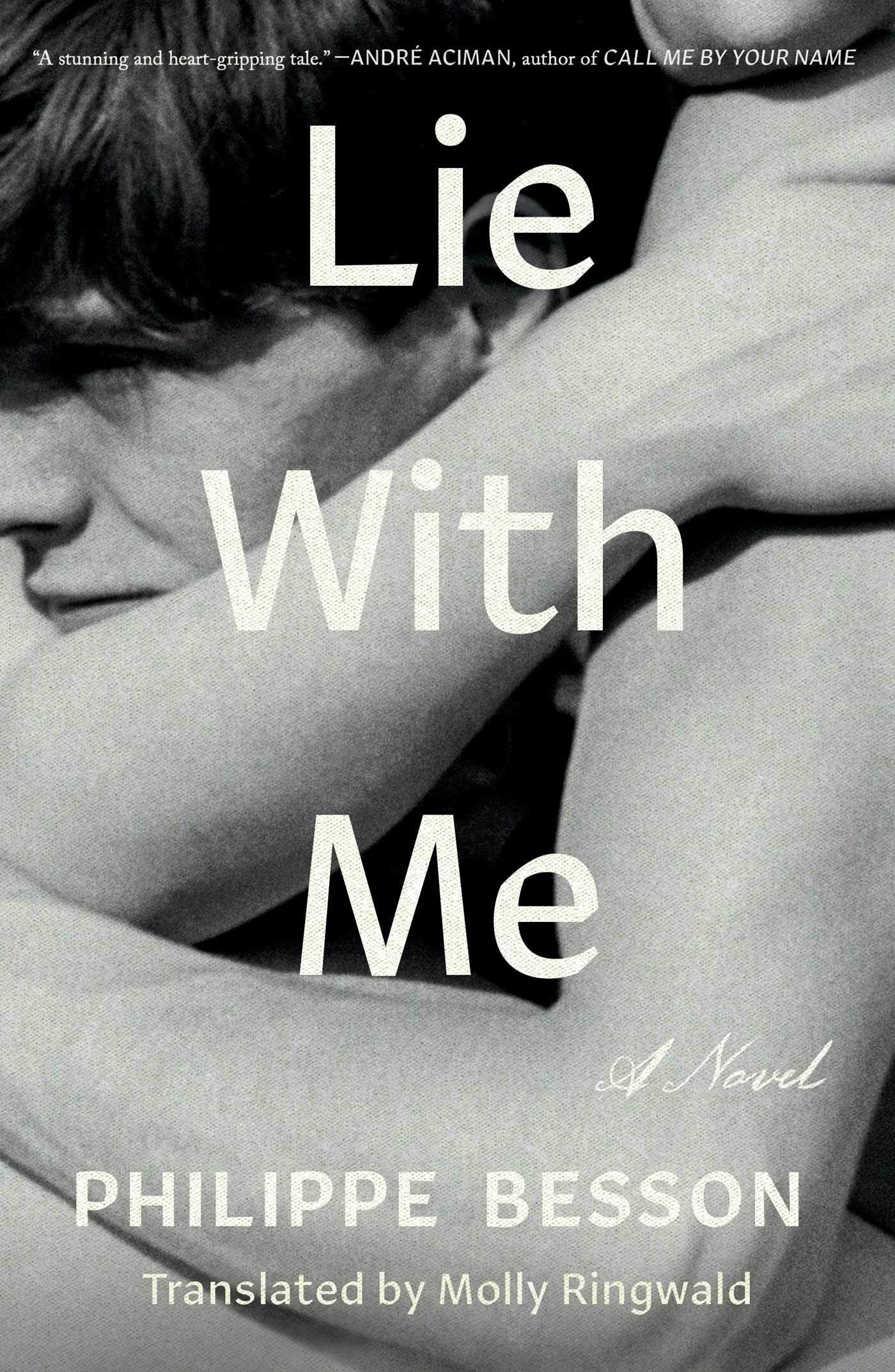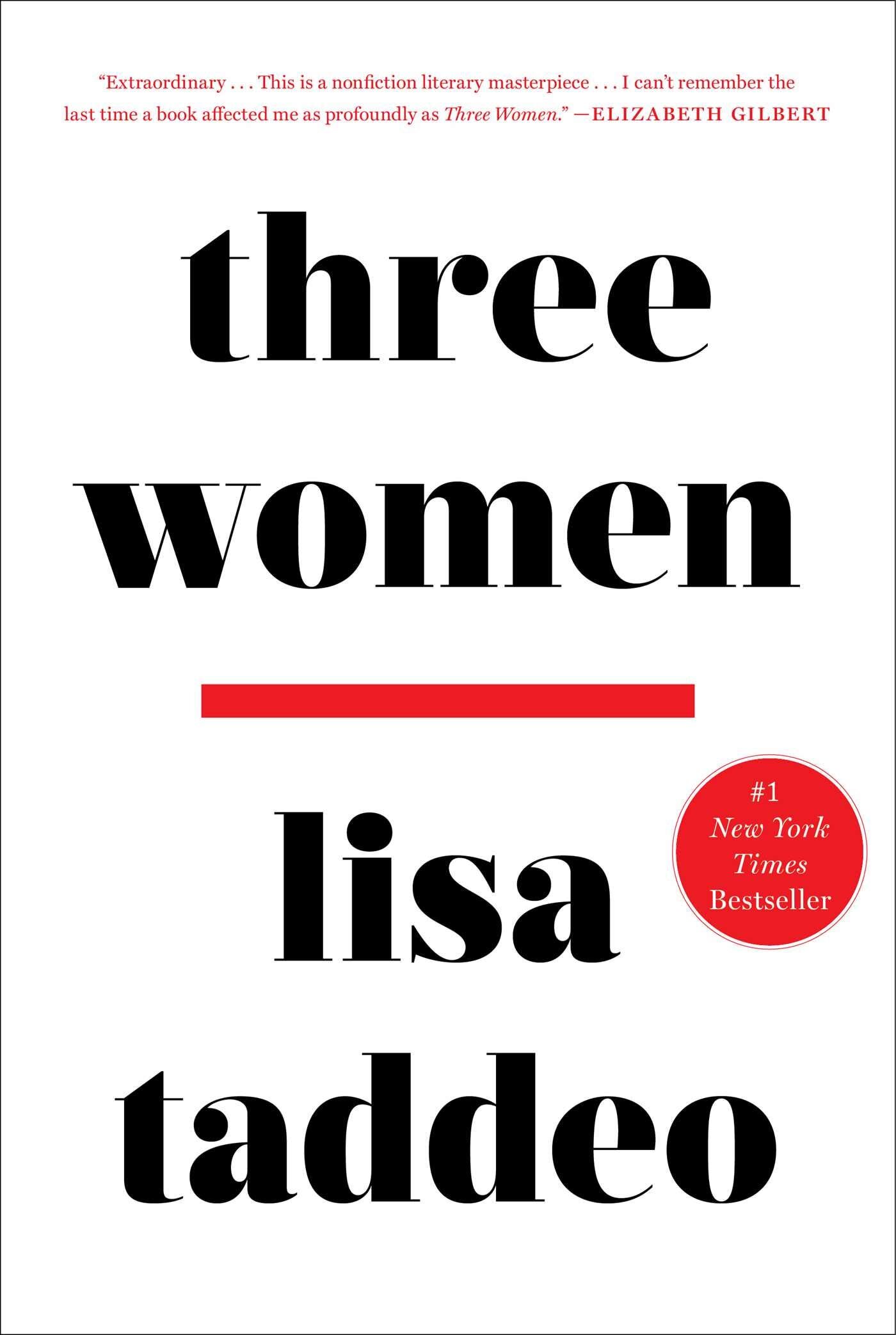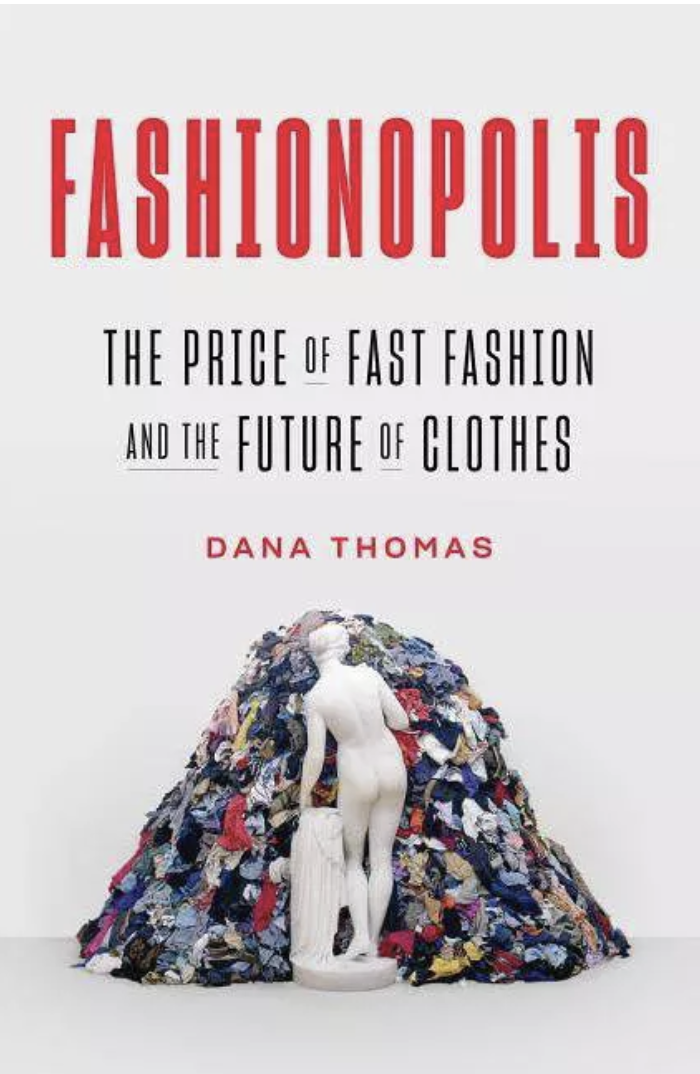At our final meeting of the year, everyone in my book club buys and gift-wraps a book they love, and we all settle in for a spirited white elephant. (Stealing is allowed and we are cutthroat.) This year, my contribution was Philippe Besson’s “Lie With Me,” a stunning novel I thought was unfairly overlooked in a year flooded with stunning novels. I mean, Molly Ringwald herself translated it from French, because apparently being a defining actor of her generation and a lauded short story writer simply is not enough to keep her satisfied. And the book that landed in my lap? “I Lost It at the Movies” by film critic Pauline Kael. I am embarrassed to say I hadn’t read her work before, but by the end of page one, it was easy to see why she is legendary — and why my friend Jenny chose this book.
As an adult, I don’t feel a lot of anticipation around the holidays anymore, but this gift exchange is an exception. I love hearing people talk about how the book they’re passing on changed them, or is one of those rare novels they find themselves returning to over and over again, or was simply one of the best things they read all year. Reading and writing are often considered solitary acts. But in my life, they’ve also been the conduits for some of my deepest friendships and those moments, like our book club tradition, that make me feel embedded in something greater.
It is 2019 — at least, for a few more days — so in keeping with another longstanding tradition, I rounded up 19 of the best pieces of new writing I encountered this year. They’re in no kind of order or hierarchy. They’re just the stories I keep thinking about as I prepare to embark on a whole new decade of reading. Stories I think just might make you feel embedded in something greater, too.
The Code of Hammurabi by Jenny Slate, The Paris Review: This excerpt from Slate’s book Little Weirds (which I admittedly have not yet read) is a provocative and introspective delight about patriarchy, history, and curry. And if it doesn’t make you want to go set the world on fire, I’m not sure what to tell you.
A Suspense Novelist’s Trail of Deceptions by Ian Parker, The New Yorker: This wild (and I mean WILD) tale about a successful novelist's decades-long web of lies is exhaustively reported and smartly crafted. It's also a great example of creativity in form, unfolding just like one of the mystery novels its subject might write.
Normal People by Sally Rooney: What can be said about Normal People that hasn’t already? Rooney’s power of observation and ability to capture the unspeakable feelings we all know too well is so remarkable it’s occasionally irritating. This novel about young love and how we make ourselves into ourselves is devastating and wonderful.
The Time I Went On A Lesbian Cruise And It Blew Up My Entire Life by Shannon Keating, Buzzfeed: This is a break-up story. This is a love story. This is a personal essay. This is experiential journalism. This is political. This is personal. Keating’s piece is all those things, and after it made a splash (no pun intended) on Writer Twitter over the summer, I read it and found out why.
For the Love of Men: A New Vision for Mindful Masculinity by Liz Plank: As I wrote in my interview with Plank, which, coincidentally, is one of my favorite things I wrote this year: “Plank's empathy and hope are palpable in For the Love of Men's meticulously researched pages — pages that are also just plain enjoyable to read. (Yes, feminists can be funny.) The overarching feeling Plank's work left me with was excitement about what our future could, and hopefully will, look like once we banish harmful gender norms and progress past patriarchy.” This book regularly surprised me and made me think about gender in new ways and I’m certain it will do the same for anyone, of any gender, who gives it a read.
He’d been kept alive with tubes for nearly 17 years. Who is he, and is it possible he’s conscious? by Joanne Faryon, The Los Angeles Times: This story is everything journalism should strive to be: dogged, empathetic, and a tool to help tell the stories of the most neglected and marginalized among us. Faryon followed this story for years, and her dedication to illuminating the human story of a patient known for years as only as “Sixty-Six Garage” continues to astound me.
Godshot by Chelsea Bieker: Including this book on this list is a bit of a cheat. Technically, it’s not out until April of 2020. Nonetheless, I was so wholly absorbed by this cyclone of a debut novel that I wanted to include it while my feelings were still humming at the surface. Bieker’s book — about mothers and daughters, religion and patriarchy, environmental and personal ruin — calls to mind voices and stories from Janet Fitch’s White Oleander, Claire Vaye Watkins’ Gold Fame Citrus, and Rachel Kushner’s The Mars Room. But it’s also entirely its own species of a novel. One that you should preorder immediately.
The Fight for Gender Equality in One of the Most Dangerous Sports on Earth by Daniel Duane, The New York Times: I dare you to start reading this feature and pause before you finish. This riveting piece tells the story of an unstoppable group of female big-wave surfers. They take on swells five stories (!) high and suffer the kinds of injuries that will have you full-body cringing . . . all while having to fight for even the minimum of recognition and inclusion in a male-dominated sport. This story details the plainly misogynistic and discriminatory practices that, until recently, still poisoned a major sport for women. And the writing is a master class in how to beautifully capture action in words.
9. Three Women by Lisa Taddeo: Just a few pages into Lisa Taddeo’s Three Women, I had to put the book down in my lap to marvel over this passage: “Her legs, even in her old age, were absurdly feminine. I can imagine being inside this man’s head and seeing my mother’s legs and following them. One inheritance of living under the male gaze for centuries is that heterosexual women often look at other women the way a man would.” This book is a slippery thing to describe, because it is unlike anything else I’ve ever read. Taddeo follows three women’s radically different stories of desire, abuse, and longing to poke at truths about gender and power in unexpected ways. While this isn’t a scholarly work, it’s still one that attempts to shift the paradigm by confronting women’s sex lives via messy and explicit truths.
10. A Second Chance by Emily Giambalvo, The Washington Post: This was perhaps the most heartwarming thing I read all year long. Giambalvo and her team at WaPo made it their mission to track down all 47 of the dogs rescued from Michael Vick’s dogfighting operation 12 years ago and share their stories. As Vick enjoys something of a comeback, this piece struck me a vital reckoning with the horrific damage he inflicted — but also as a celebration of resilience and the overwhelming good in the world.
11. Fashionopolis by Dana Thomas: It can be hard to reckon a love of fashion with leading an ethical life. Not only is it one of the most exploitative global industries when it comes to labor and human rights, but a 2018 study determined textile production is the second-most polluting industry on earth. I have been a huge fan of Thomas since her book Deluxe: How Luxury Lost its Luster, which very much inspired my graduate thesis on IP in fashion design. Her latest introduces you to the leaders in sustainable fashion design — like Stella McCartney’s fascinating journey to perfect vegan leather — and tracks newer innovations like 3D printing and the advent of synthetic silk. As usual, Thomas pulls back the curtain on the ugly way the items we covet and wear are made, but also offers an exciting vision of how the industry is poised to transform. I haven’t learned so much from a single book in years.
12. Judge Judy Is Still Judging You by Jazmine Hughes, The New York Times Magazine: It seems odd that a profile of Judge Judy in the year 2019 could offer something new or worthy. After all, the woman has been famous for more than two decades, and she’s been famous for being bluntly herself. But Hughes’ delightful story with the predictably no-nonsense Sheindlen seemed to reveal a new facet of someone we all think we know. Not to mention the fact that it was some of the most fun I had reading all year. As I tweeted at the time: “There are two types of people in this world: those who support Judge Judy’s right to wear a $29.95 clip-on ponytail on TV and those who do not. If you are the latter, please unfollow me.”
13. There’s Nothing Wrong With Posing for Photos at Chernobyl by Taylor Lorenz, The Atlantic: Lorenz, who hopped over to the NYT style section this year, is our generation’s chief internet translator. Whether she’s taking a look at the “OK Boomer” trend (at the peril of her mentions) or explaining the rise of TikTok to Gen X, she offers a never-condescending and nuanced view of how social media is shaping, and is shaped by, us all. This piece reflecting on a moment of outrage over influencers taking photographs at Chernobyl was a perfect example of what she does well: finding the humanity in the way we approach technology and helping us better understand the why and impact of how we use it.
14. The Tradition by Jericho Brown: Brown’s poetry is the kind that makes you want to run into the street, wave the book in a stranger’s face, and invite them to his revelations. The title poem of this collection is a masterwork. It’s an ode to nurturing living things, to name-giving, and to remembrance:
Aster. Nasturtium. Delphinium. We thought
Fingers in dirt meant it was our dirt, learning
Names in heat, in elements classical
Philosophers said could change us. Star Gazer.
Foxglove. Summer seemed to bloom against the will
Of the sun, which news reports claimed flamed hotter
On this planet than when our dead fathers
Wiped sweat from their necks. Cosmos. Baby’s Breath.
Men like me and my brothers filmed what we
Planted for proof we existed before
Too late, sped the video to see blossoms
Brought in seconds, colors you expect in poems
Where the world ends, everything cut down.
-Jericho Brown
15. Lie With Me by Philippe Besson: This novel, as I mentioned in my introduction, is one I think deserved more attention than it garnered this year. It’s a lush love story, simply but expansively told. And much like first romances tend to be, it is full of grace and sadness.
16. How to Do Nothing: Resisting the Attention Economy by Jenny Odell: I first heard about this book when Odell was a guest on an episode of Call Your Girlfriend, one of the few podcasts I listen to on the regular. I ordered this book in time to take it with me on vacation to the Colorado mountains, where my boyfriend Martin was gearing up for his first 100-mile race (Run Rabbit Run) and I planned to do little else but read and go on runs. It was the perfect companion. Odell’s philosophy on reclaiming our lives from the capitalist demand of constant productivity is delightfully anarchist. In this book, she maintains that simple acts of resistance like getting to know the birds in our neighborhood are radical and rewarding ways to refuse the monetization of each of our moments and welcome more joy into daily living. I might still be relatively glued to my phone, but I have a new awareness about choosing to disconnect, and a new appreciation for time simply spent wandering, whether outside or just around the corners of my mind.
17. ‘Giovanni’s Room’ Revisited by Hilton Als, The New York Times Style Magazine: Giovanni’s Room is one of my all-time favorite novels; one I have read several times and spent hours thinking about. And as I read this piece on my couch one Sunday afternoon, I found myself saying, “Oh, wow” out loud to an empty room. Als is one of our most surgical and lyrical cultural critics, and in this piece, he draws parallels between Baldwin’s novel and The Bell Jar, evaluates its role in the context of Baldwin’s career and life, and reveals this work was “less as a way of discussing his sexuality than as a way of discussing what America had done to his sexuality.” Als’ reckoning with this book altered the way I will view and experience it forever—and the photography is equally stunning.
18. Biased: Uncovering the Hidden Prejudice That Shapes What We See, Think, and Do by Jennifer L. Eberhardt: Eberhardt’s book on race, bias, and discrimination is full of compelling research and illuminating studies. But its most exacting arguments are found in the anecdotes and stories of her own, revealing the ways racism wields its insidious force in our institutions as well as our daily lives. It should be required reading for anyone who works or lives alongside other human beings, but especially anyone with a modicum of power.
19. Running to the Edge by Matthew Futterman: I don’t think many non-runners are privy to what a long and deep tradition writing and running share. Joyce Carole Oates loves to run. And Haruki Marukami’s book “What I Talk About When I Talk About Running” is a book almost any runner-slash-writer who’s read it holds in deep reverence — me included. My point is, there is a wealth of great writing about running in the world, and this book is yet another example. Futterman’s book about the rise of legendary running coach Bob Larsen is interspersed with tales from his own amateur running life, and together, those narratives tell an absorbing story about the potential of human ability, the desire to surpass our limitations, and the beauty to be found in running farther and faster.





